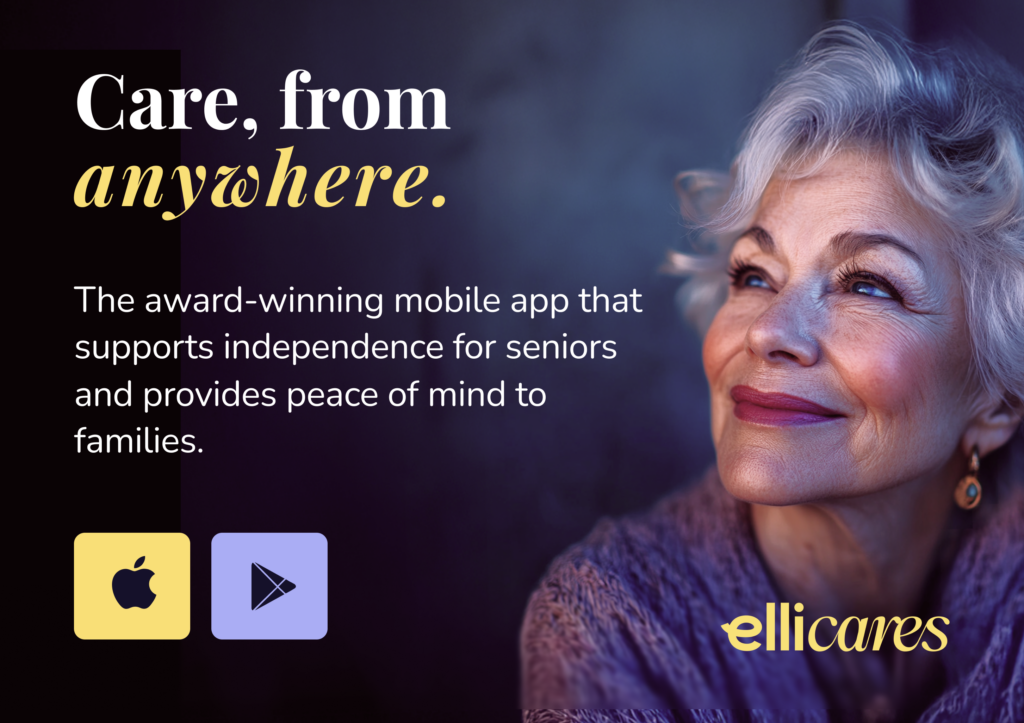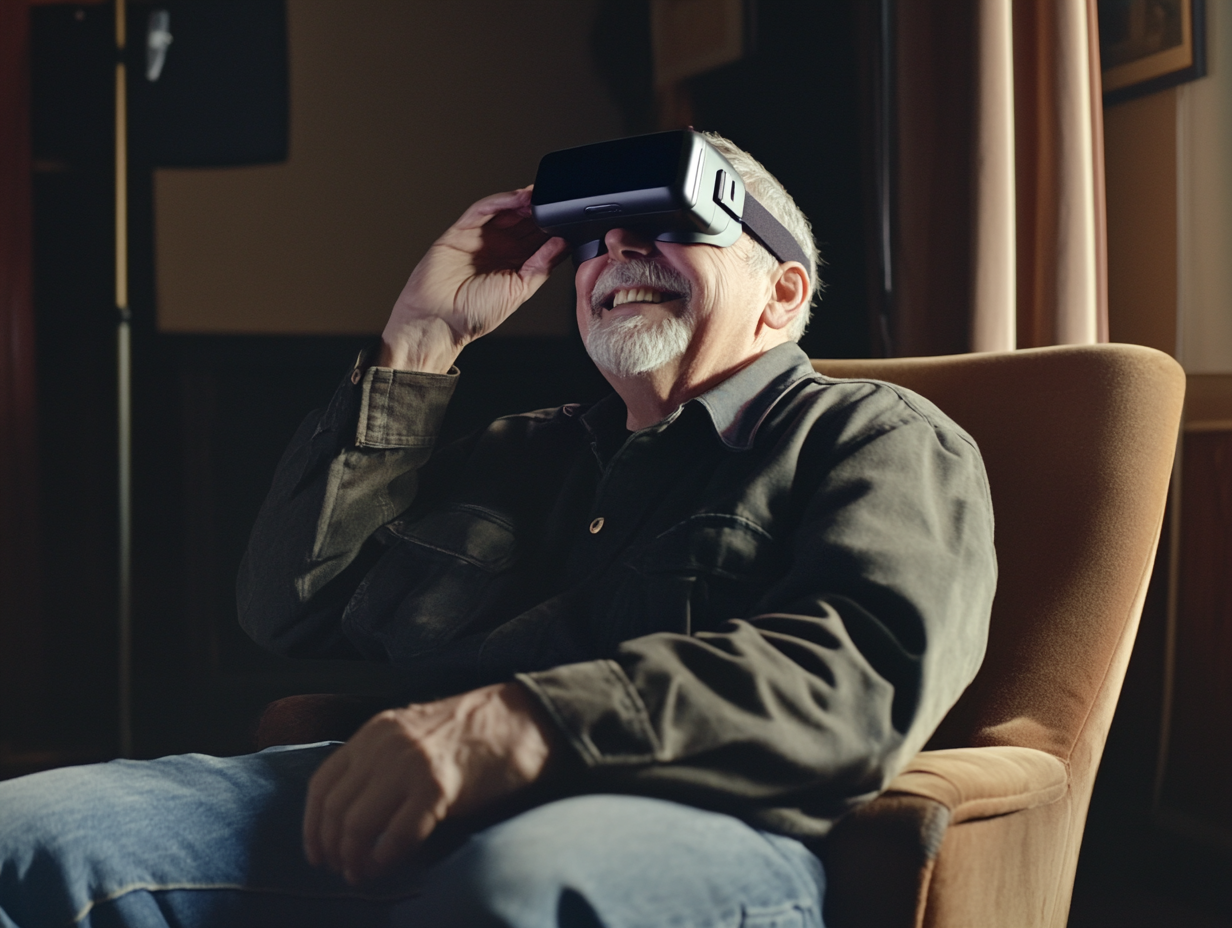Co-design, or participatory design, involves end-users directly in the creation process of products and services. For seniors, this means collaborating with designers and developers to ensure that technologies align with their preferences, abilities, and daily routines.
Why Co-Designing With Seniors Matters
1. Enhancing Usability and Adoption
A systematic review in JMIR Aging found that co-designed technologies for aging in place led to higher usability ratings, greater adoption rates, and better health outcomes. Involving seniors ensures designs reflect their realities - from font size and color contrast to button placement and navigation flows.
2. Addressing Diverse Needs
Seniors are a highly diverse group, not just in terms of age but also health status, income, digital literacy, and cultural background. Co-design allows tech creators to uncover barriers that wouldn't otherwise be obvious, ensuring that solutions are inclusive and adaptable.
3. Fostering Trust, Empowerment, and Long-Term Engagement
Trust is crucial in technology adoption - especially among older adults who may be wary of privacy breaches or feeling “watched.” When seniors are active participants in design, they’re more likely to trust the technology and continue using it over time.
4. Challenging Ageism and Outdated Assumptions
Co-design actively counters ageist assumptions that older adults are uninterested in or incapable of using technology. On the contrary, seniors bring lived experience, problem-solving insight, and valuable context that can reshape how we approach innovation.
Real-World Examples of Successful Co-Design
Elli Cares
At Elli Cares, we’ve worked closely with people living with early-stage dementia and their families to create features that feel intuitive and meaningful. From video reminders recorded in a loved one’s voice to mood and hydration logs, our features are based on lived experiences - not assumptions.
Stanford VR Study
A Stanford University pilot found that older adults who participated in choosing VR content felt more emotionally engaged and socially connected (AP News) - highlighting how co-design improves relevance and satisfaction.
MIT’s AI Workshops
MIT researchers ran participatory AI design workshops where seniors guided the development of AI-powered assistive tools, ensuring they were not only technically sound but emotionally and practically resonant (MIT Media Lab).
Common Challenges in Co-Designing With Seniors - and How to Overcome Them
• Physical and Cognitive Fatigue
Some participants may tire easily or face difficulty with long workshops. Use shorter sessions, incorporate breaks, and offer multimodal participation (voice, drawing, writing, or storytelling).
• Digital Literacy Gaps
Not all older adults are familiar with design tools or terminology. Provide clear explanations, and consider low-tech design methods like paper prototypes or guided sketches.
• Access and Inclusivity
Transportation, financial constraints, or location may limit who can participate. Offering virtual participation, community-based sessions, or partnering with local care organizations can broaden access.
Co-Design Frameworks and Methods That Work
Participatory Prototyping
Letting users build or modify rough prototypes using stickers, drawings, or drag-and-drop apps fosters creativity and ownership.
Living Labs
A model where older adults, caregivers, clinicians, and developers collaborate in real-world environments to test and refine technology.
Personas and Journey Mapping
Creating personas with direct senior input helps teams visualize user goals, frustrations, and needs. Journey maps can chart their daily challenges and moments where tech can help.
The Long-Term Impact of Co-Designed Tech
Co-designed technologies aren’t just more likely to be used once - they’re more likely to be used long-term. When people feel that their voice shaped a product, they feel invested in its success. Studies show that co-designed apps have higher retention rates and stronger satisfaction scores than those developed without user input.
From a business and social impact perspective, co-design reduces rework, boosts word-of-mouth adoption, and creates solutions that actually solve problems, not just look good on paper.
Looking Ahead: A Better Future for Aging Technology
By 2030, 1 in 6 people globally will be over 60. With this demographic shift comes opportunity - but only if we build tools that are truly inclusive. Co-design is not a luxury - it’s a necessity.
If we want to create age-inclusive technologies that foster independence, dignity, and connection, we must stop designing for older adults - and start designing with them.
At Elli Cares, we’re proud to be part of that change.








